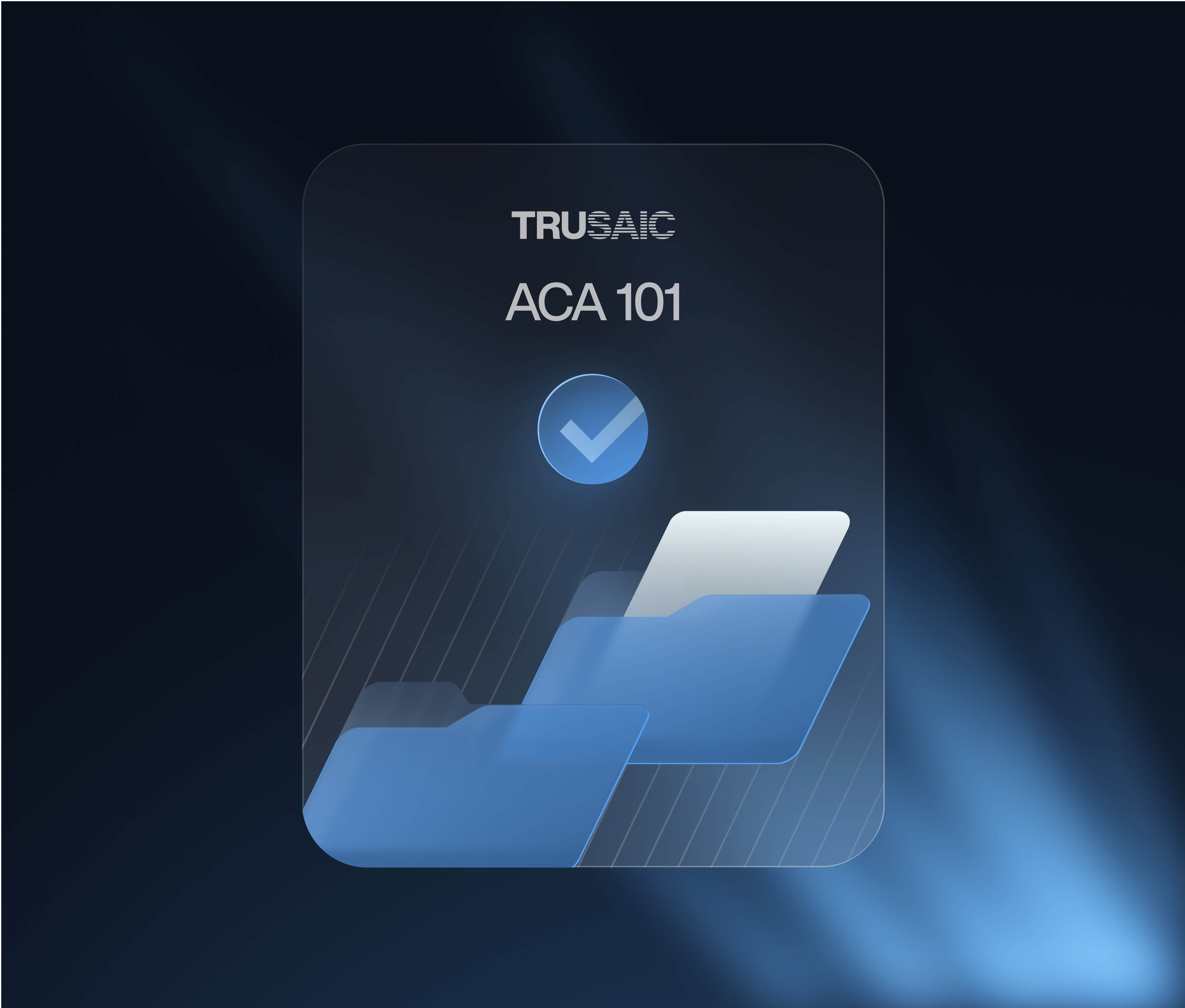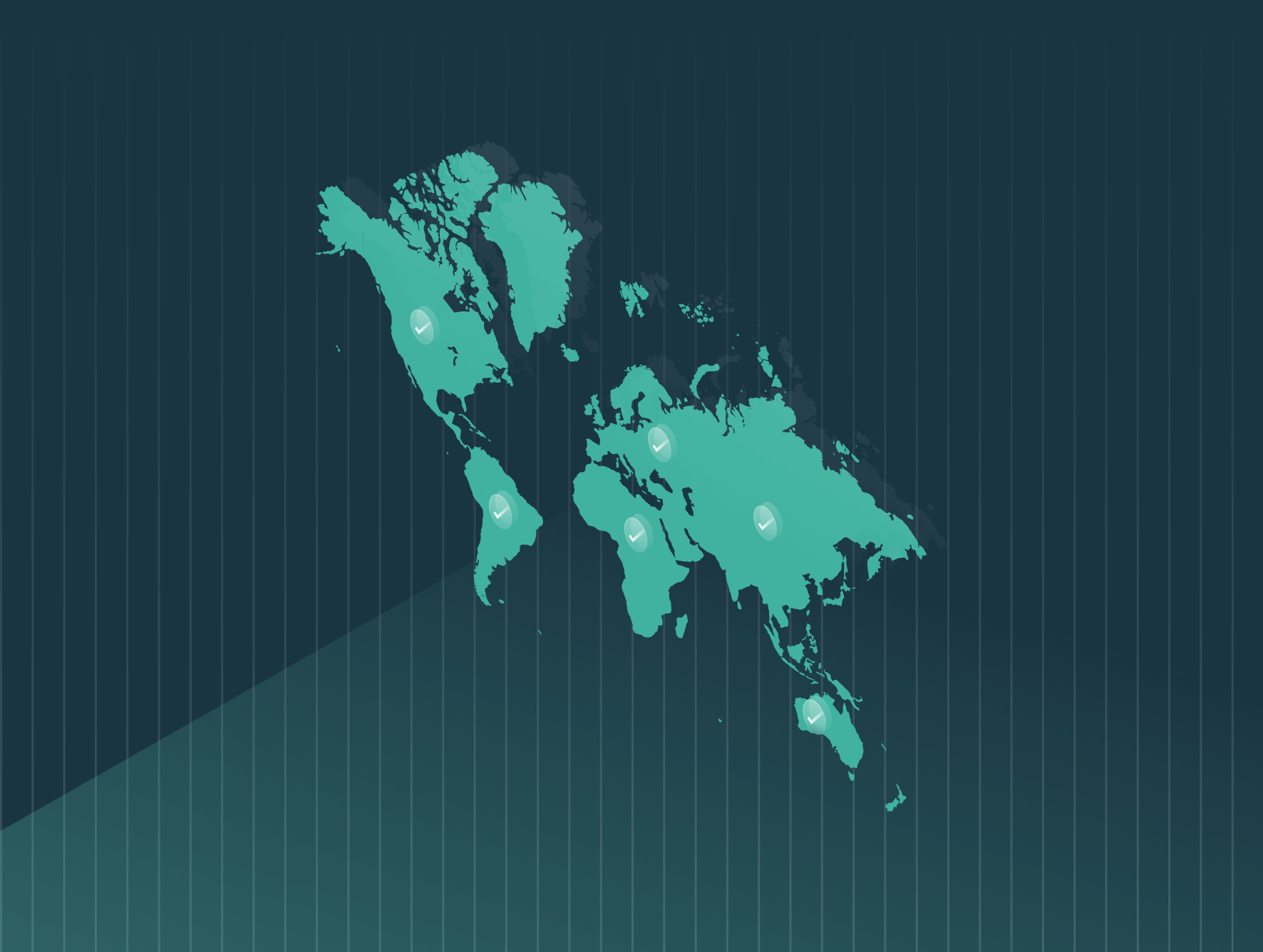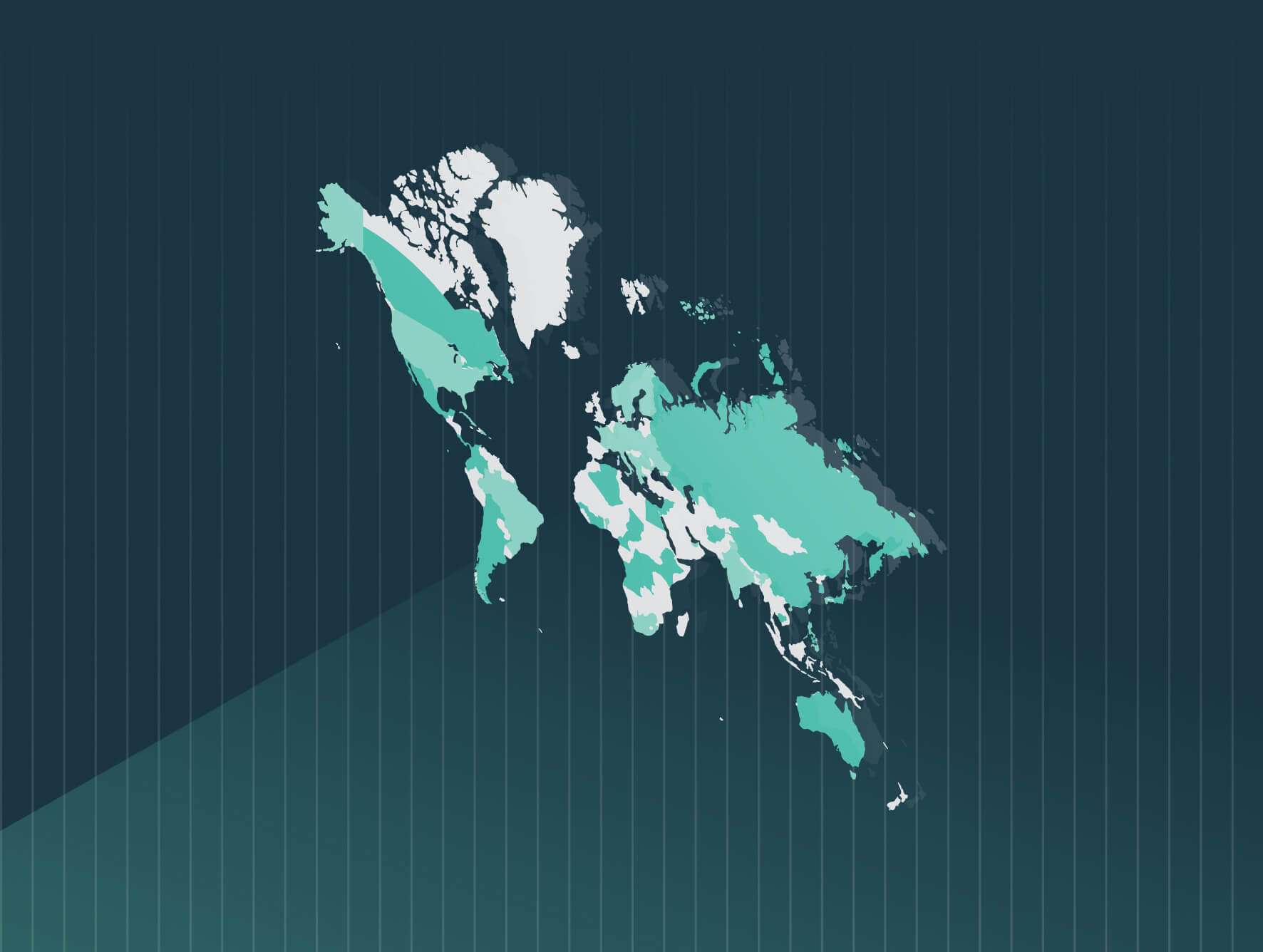Introduction
Effective Jan. 1, 2023, Washington employers with 15 or more employees are required to provide a minimum and maximum salary range on all job postings.
The law (Senate Bill 5761) amended Washington State’s previous pay transparency law that required applicable employers to disclose a salary range to job applicants upon a job offer.
Washington pay transparency requirements
Washington State’s law requires applicable employers to provide a salary range and a general description of all of the benefits and other compensation to be offered to the hired candidate on all job postings.
The law applies to any postings done through a third party as well. The law also requires employers to provide a salary range to employees for any internal transfers or promotions.
Employment equity standards
The Washington Equal Pay and Opportunities Act prohibits gender pay discrimination. Under the Act, it is unlawful to base an employee’s pay or career advancement opportunities on their gender. Employees also have the protected right to discuss their wages and have the right to access certain wage and salary information.
Gender cannot be a reason for pay differences between employees with similar jobs. Determining if employees have similar jobs is based on skill, effort, and responsibility, not based on job titles. Differences in pay for similar jobs may be acceptable only in certain circumstances.
Differences in pay must be based on legitimate Wage Influencing Factors. Employers bear the burden of proof to justify why pay differences exist. An employee’s previous wage or salary history cannot be used to justify gender pay differences.
Employers cannot limit or deprive an employee of career advancement opportunities on the basis of gender.
The risks of non-compliance
A job applicant or an employee is entitled to the remedies in RCW 49.58.060 and 49.58.070 for violations of the Washington pay transparency law requirements. Recovery of any wages and interest must be calculated from the first date wages were owed to the employee.
Under Washington Law (RCW 49.58.070), employees can seek monetary damages from employers who violate the Pay Transparency Law, including a penalty of $5,000 for violation of the law. Additionally, Washington Law (RCW 49.58.060) also allows the State Department of Labor to investigate violations and impose civil penalties on employers.
How can Trusaic assist with Washington’s pay transparency law requirements?
The goal of pay transparency laws is to promote practices that lead to a more equitable compensation environment. Similar to salary history ban laws, requiring pay ranges on job postings promotes fair pay practices and holds organizations accountable.
If implemented thoughtfully and strategically by an organization, pay transparency can promote a better work environment where employees believe they are paid fairly. Providing salary ranges on job postings can also positively narrow the applicant pool and improve the hiring experience.
Absent salary range information, a job candidate could go through a multi-week interview process only to discover the job offer is far below their salary expectation. This wastes the candidate’s time and causes financial and reputational damage to the employer.
The task of moving toward full pay transparency can be daunting for an organization.
1. Comply – Use Trusaic’s Salary Range Finder® to ensure unbiased and competitive pay at the time of hire:
Salary range explainability: Salary Range Finder helps you establish and post competitive and equitable pay ranges to confidently comply with pay transparency laws.
2. Correct – Use PayParity® to understand, explain and resolve pay disparities:
Analyze: Trusaic’s pay equity analysis software analyzes compensation and benefits data directly from your HRIS system to uncover pay inequities across gender, race, age, and more. Conduct proactive or compliance-driven analyses to pinpoint disparities, reduce legal risk, and build trust by ensuring unbiased, transparent pay practices across your workforce.
Remediate: PayParity with R.O.S.A. (Remediation Optimization Spend Analysis) helps you remediate pay inequities with precision. R.O.S.A. runs hundreds of simulations quickly to find the most impactful pay adjustments, ensuring your budget is spent where it matters most. Make every adjustment count in your ongoing commitment to unbiased, transparent pay practices.
Prevent: Prevent future pay inequities by addressing systemic root causes and through the continuous monitoring of your pay practices. Use your pay equity analysis to guide salary decisions with tools like Salary Range Finder. Keep progress on track by embedding unbiased pay practices into hiring, promotions, and compensation adjustments.
Leverage Trusaic’s pay equity software solutions to ensure you remain in compliance with Washington’s pay transparency law requirements.








